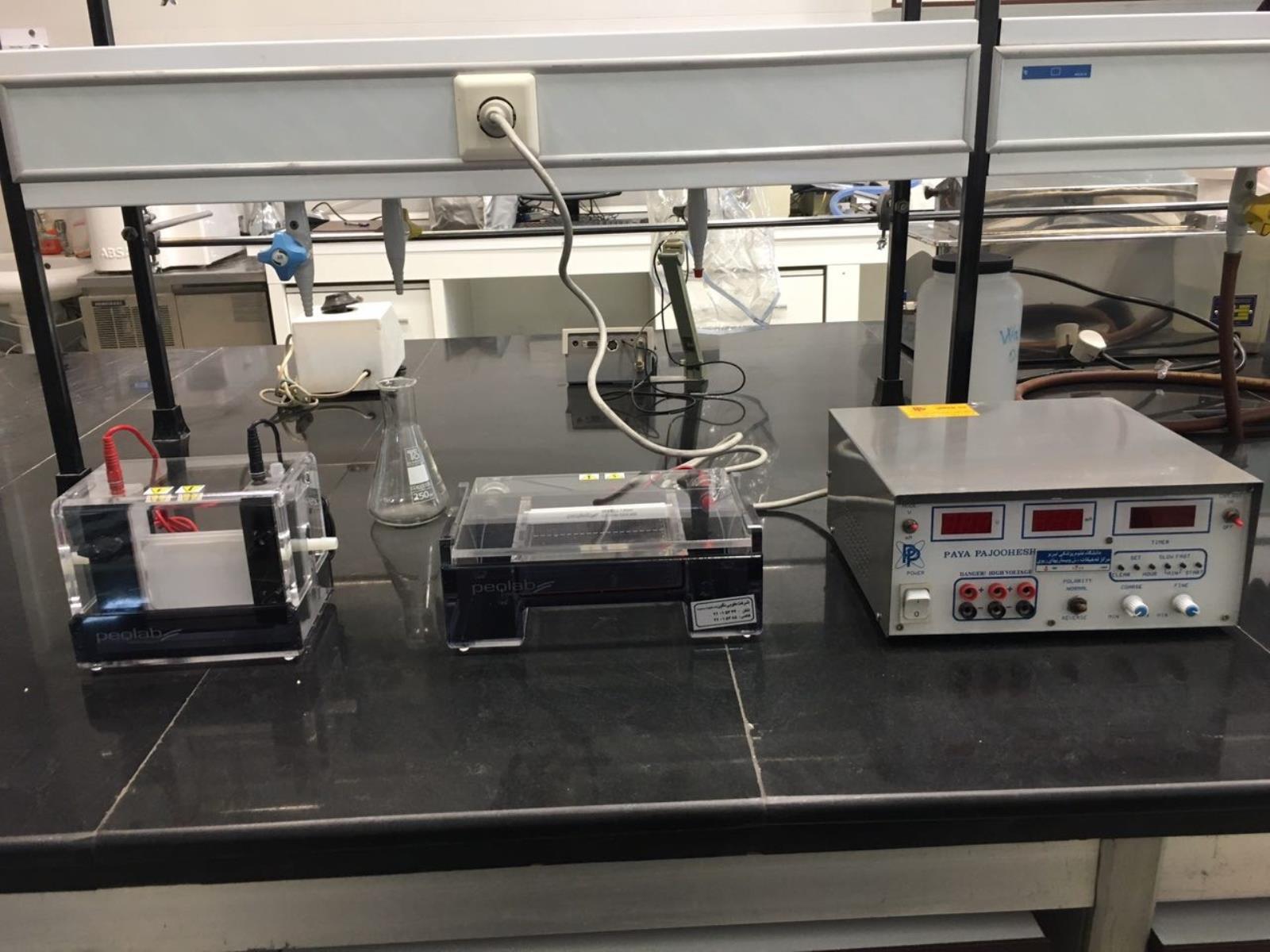 Important objectives: Clinical-molecular research related to lung diseases
Important objectives: Clinical-molecular research related to lung diseases The aim is to conduct pioneering and innovative clinical research in the field of lung diseases, including: asthma, chronic obstructive pulmonary disease (COPD), lung cancer, pulmonary hypertension (PAH), tuberculosis and other lung-related diseases related to molecular biology. The center conducts extensive research to advance the diagnosis, prevention, treatment and control of diseases to take acceptable steps to promote national and global health. In this regard, by creating the necessary facilities and capacities, it helps researchers, including master's and doctoral students, in conducting education and research in order to achieve important goals.

Objectives of the laboratory:
1- Molecular medicine:
Laboratory techniques:
PCR (Polymerase Chain Reaction): PCR has a special place in molecular research and detection due to its high specificity, sensitivity, speed and ease. It is possible for DNA to be large enough to be subjected to tests such as electrophoresis, probe hybridization, sequencing, and so on.
Real-time PCR: In general, Real Time PCR is a technique for continuously observing the progress of the PCR reaction over time. This method can also measure the amount of PCR products (mRNA, DNA, cDNA). This method is based on the fluorescence produced by the reporter molecule, which increases during the reaction. Fluorescent reporter molecules are either in the form of dyes that bind to double-stranded DNA, such as SYBR® Green, or in the form of specific sequence detectors such as TaqMan® Probes. In addition to high accuracy and sensitivity, this technique can start with a minimum of nucleic acid and determine the final production amount with great accuracy.
Real-time PCR applications:
Expression rate research
Measuring the degree of DNA replication in the genome or viral DNA
The effectiveness of drug therapy
Assessing DNA damage
Diagnosis of pathogens
Determining the genotype of individuals
Assessing allelic segregation
- Western Blot: Western blot, also known as immunoblotting or protein blotting, is one of the key techniques in cellular and molecular biology and is commonly used to detect the presence of specific proteins in a set of cellular proteins. The process of this test depends on three basic factors:
Separation of total proteins by size using protein electrophoresis in gel
Adequate transfer of isolated proteins to a solid substrate, usually nitrocellulose plate
Specific identification of the target protein with the appropriate antibody
This method is especially suitable for low concentration proteins.

- Immunohistochemistry: Immunohistochemistry is a basic technique used in many laboratories for diagnostic and research purposes. It is a combination of immunological, histological, and biochemical techniques used to specifically detect tissue components (protein antigens) by conjugated antibodies through an antigen-antibody reaction. After binding of the conjugated antibody to the target antigen on the surface of the tissue and producing a dye product during the histochemical reaction (dyeing), with a light microscope or fluorochrome microscope and with ultraviolet (UV) light, the dye product can be the antigen expression site. , Recognized.
Immunohistochemical applications:
Diagnosis and treatment of tumors and cancer cells
Detection of tissue differentiation process by identification of surface markers
In research in various fields of medicine
Diagnosis of unknown primary cancers
ELISA Reader: The ELISA Reader, also known as the "Microplate Reader" and the "Photometric Microplate Reader", is a specialized spectrophotometer designed to read ELISA test results. This device is used to determine the presence of specific antibodies or antigens in the samples. The technique is based on detecting an antigen or antibodies on a solid surface directly or secondarily with the help of labeled antibodies and creating products that can be read by a spectrophotometer. The term ELISA stands for Enzyme-Linked Immuno sorbent Assay.

2- Biochemical:
Laboratory techniques:
Spectrophotometry: Optical spectroscopy, or spectrophotometry in chemistry, is a method of measuring and studying the electromagnetic spectrum. In this method, using the amount of light absorption of the samples, their concentration is determined. It can also be used to analyze DNA and RNA samples.

3- Respiratory analysis:
Laboratory techniques:
FeNo سنجی
CO measurement
H2O2 measurement
Measurement of Exhaled Breath Condensate Analysis Biomarkers

4- Cell culture:
One of the goals of cell culture is to study cells in terms of how they grow, their nutritional needs, and the reasons why they stop growing. Therefore, to study the cell growth cycle, develop methods to control the growth of cancer cells and modulate the expression of genes, it is necessary to cultivate these cells in the external body. In summary, with the help of cell culture, homogenous cells can be prepared and intracellular activities such as DNA replication, DNA transcription, RNA and protein synthesis, and other details related to metabolism can be studied. After connecting different molecules to the relevant membrane receptors, subsequent events and intracellular currents such as the displacement of these complexes, the type of intracellular consequence and how messages are transmitted can also be examined.